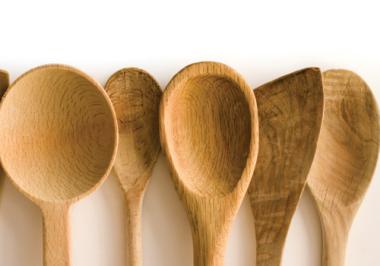While most of us are familiar with the radishes as garnish, their crispy crunch and sharp zing can add flavor to salads as well as cooked dishes. My favorite way to eat them is on a piece of rye bread or a bagel with cream cheese and sliced radishes on top, sprinkled with a little salt. My friend Sue prefers them plain, with a dash of salt or a little dip.
Radishes have been cultivated for thousands of years in the Orient and Central Asia, where wild varieties can still be found. They were popular in ancient Egypt, and the Greeks made small gold replicas of the radish for use in the worship of their god Apollo. British colonists brought the radish to Massachusetts in 1629.
There are many varieties of spring radishes and they come in all shapes and colors. Most common are red-skinned, round or oval-shaped varieties, of which there are several. The white Icicle has an oblong, carrot shape.
If you have a garden, they’re easy to grow, requiring little space and only three to four weeks from when you put the seeds in the ground in early spring until harvest. A cool-weather crop, they’re great for our area, and are one of the first vegetables to come up from seed in the spring.
When shopping for radishes, look for brightly colored ones with crisp green leaves still on the plants. Then you can be sure of their freshness. The roots should be an inch or less in diameter, hard and crisp, with good color and a smooth surface; when they get too old and too big, they become tough, pithy and bitter.
Radishes are low in calories and high in fiber and vitamin C. Cruciferous vegetables, they have cancer-protecting properties, and they’re rich in many minerals like sulfur, iron, and iodine.
To prepare, scrub the radishes and trim off the stem end and root tip. All parts of the plant can be eaten; the leaves, if fresh and green, lend a peppery taste to salads and can also be cooked like other greens or used in soups, stews, and stir-fries. The root bulbs can be eaten either raw in salads or with dips, or cooked. Stir sliced radishes into potato, pasta, bean, tuna, chicken or egg salad for a different taste and texture. They combine well with other vegetables and meat and add an unexpected nip and crunch to stir-fries. Add them during the last two or three minutes, so that they remain crisp.
Radish Egg Salad
Ingredients:
3 eggs
6 ounces radishes (about 1 ? cups)
2 cups cottage cheese
1 Tablespoon sour cream
1/2 teaspoon salt (or salt and pepper to taste)
Directions:
Cook, peel, and dice the eggs. Cut root ends off the radishes and slice thinly or chop coarsely. Combine all ingredients in a large bowl. Serve with bread or crackers.
Radish and Chicken Skillet
Ingredients:
1 Tablespoon vegetable oil
1 pound skinless boneless chicken breast (about one double breast)
1 teaspoon salt
About twenty fairly large radishes
2 cups torn radish greens or fresh baby spinach leaves
1/4 cup chicken broth or water
1 cup sour cream
1 Tablespoon flour
1/4 cup snipped fresh dill
Directions:
Coat skillet with the oil; sprinkle the chicken with a little of the salt, and cook about 5 minutes on each side or until cooked through. Remove and reserve.
Snip off root ends and stems from radishes; quarter or slice. Wash the radish greens thoroughly, discard any discolored pieces, and cut off large stem ends. Place in the skillet the chicken cooked in, toss quickly until wilted, sprinkle with remaining salt, add a little broth or water (the water clinging to the leaves may be enough) cover, and cook on low heat about five minutes.
Cut up reserved chicken, and return it to the pan with the radishes. Combine sour cream, flour and dill, and stir into the radishes and chicken. Serve warm over rice or other cooked grain.



